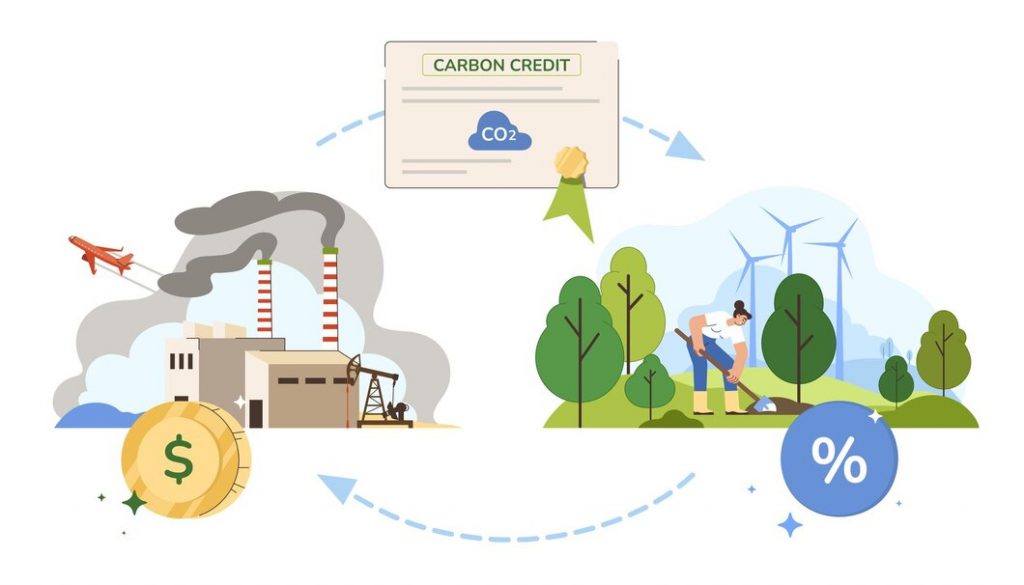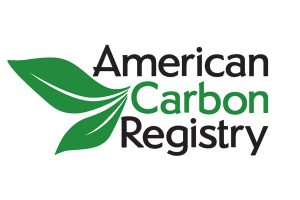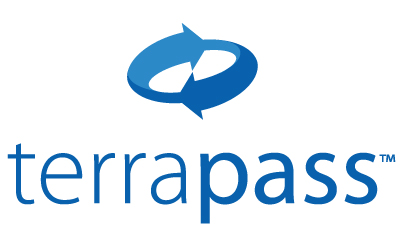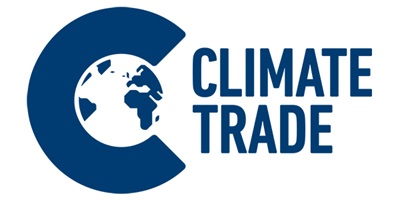Carbon credit certifications verify that projects meet strict standards for reducing greenhouse gas emissions, ensuring your offsets are real, measurable, and trustworthy.

Carbon Credit Certification Companies
There are three main organizations that verify and certify carbon offsets.
Verra (formerly VCS – Verified Carbon Standard):

Verra manages the Verified Carbon Standard, one of the most widely used carbon offset standards. They certify projects that reduce or remove greenhouse gas emissions and ensure the quality and integrity of carbon credits.
Gold Standard

Founded by the World Wildlife Fund (WWF) and other NGOs, the Gold Standard certifies projects that not only reduce emissions but also contribute to sustainable development. They focus on high-quality projects with rigorous environmental and social standards.
American Carbon Registry (ACR):

The ACR is a non-profit enterprise that provides carbon offset certification. It offers a range of carbon offset methodologies and ensures the credibility and transparency of the offset projects it certifies.
These organizations help ensure that carbon offset projects are effective, verifiable, and deliver real environmental benefits.
Click here to learn more about carbon offsetting and carbon credits.
Roles and Functions
The main organizations that verify and certify carbon offsets (Verra, Gold Standard, and American Carbon Registry) play crucial roles in ensuring the credibility, quality, and effectiveness of carbon offset projects.
Summary
- Verra: Manages the Verified Carbon Standard (VCS), focusing on ensuring carbon offset projects are effective and credible through rigorous certification processes.
- Gold Standard: Certifies projects that not only reduce emissions but also contribute to sustainable development, emphasizing both environmental and social benefits.
- American Carbon Registry (ACR): Provides certification for projects and manages a registry to ensure transparency and accuracy in the carbon offset market.
Reputable Carbon Offsets Solutions Providers
Our Partners

View Their Certified Carbon Projects

View Their International Climate Projects
Verra
Role: Verra manages the Verified Carbon Standard (VCS), which is one of the most widely used carbon offset standards.
Functions:
- Certification of Projects: Verra provides a framework for certifying carbon offset projects. This involves evaluating project design and ensuring that it meets VCS criteria for emissions reductions.
- Validation and Verification: Projects are validated (assessed for design) and verified (checked for actual emissions reductions) by independent third-party auditors.
- Registry Management: Verra maintains a public registry where certified carbon credits are issued, tracked, and retired, ensuring transparency and preventing double-counting.
Purpose: Verra’s standards aim to ensure that carbon offset projects are both effective and credible, providing buyers with confidence that their investments in carbon offsets lead to real and verifiable emissions reductions.
Gold Standard
Role: The Gold Standard certifies carbon offset projects with a focus on both environmental and social benefits.
Functions:
- Certification of Projects: Gold Standard evaluates projects based on rigorous criteria that include not only emissions reductions but also contributions to sustainable development goals (SDGs).
- Validation and Verification: Similar to Verra, Gold Standard involves independent validation and verification of projects to ensure they meet high-quality standards.
- Registry Management: Gold Standard maintains a registry for tracking and retiring carbon credits, ensuring that they are used correctly and that double-counting is prevented.
Purpose: Gold Standard emphasizes projects that deliver additional benefits beyond carbon reductions, such as improving local communities and ecosystems. This dual focus on environmental and social impacts aims to support more holistic sustainability goals.
American Carbon Registry (ACR)
Role: The American Carbon Registry (ACR) is a non-profit organization that provides certification for carbon offset projects.
Functions:
- Certification of Projects: ACR certifies projects based on their adherence to specific methodologies and standards for emissions reductions.
- Validation and Verification: Projects undergo independent validation and verification to confirm that they are delivering the promised emissions reductions.
- Registry Management: ACR manages a registry where certified carbon credits are issued, tracked, and retired. This system ensures transparency and integrity in the carbon offset market.
Purpose: ACR’s role is to ensure that carbon offset projects meet high standards for emissions reductions and integrity. By providing certification and managing a transparent registry, ACR helps facilitate reliable and effective carbon offset transactions.
Each organization plays a vital role in maintaining the integrity of carbon offsets, ensuring that the credits are genuine, verifiable, and contribute to meaningful environmental and social outcomes.
What is the Carbon Credit Certification Process ?
The process of obtaining and using carbon offsets involves several key steps, from project development to purchasing and retiring credits.
- Project Development: Identify and design a project, choose a certification standard.
- Validation and Verification: Validate project design, implement the project, and verify emissions reductions.
- Carbon Credit Certification: Obtain certification for the verified emissions reductions and register credits.
- Purchase and Retirement: Purchase credits and retire them to ensure they are used appropriately.
- Reporting and Compliance: Report offset activities and ensure compliance with standards or regulations.
1. Project Development
1.1. Identify a Project: Organizations or individuals develop projects aimed at reducing or removing greenhouse gas emissions. These projects can range from renewable energy installations to reforestation or methane capture initiatives.
1.2. Choose a Standard: The project developer selects a carbon offset standard, such as Verra, Gold Standard, or ACR, that best suits the project’s goals and requirements.
1.3. Prepare Documentation: The project developer prepares detailed documentation, including project plans, methodologies for measuring emissions reductions, and evidence of the project’s potential impact.
2. Validation and Verification
2.1. Validation: An independent third-party auditor or validator reviews the project documentation and assesses whether it meets the chosen standard’s criteria. This process ensures that the project design will deliver the intended emissions reductions.
2.2. Implementation: The project is implemented according to the approved plans. This could involve building infrastructure, planting trees, or other activities necessary for reducing emissions.
2.3. Verification: After implementation, another independent auditor verifies the actual emissions reductions achieved by the project. This involves checking data, monitoring reports, and on-site inspections.
3. Carbon Credit Certification
3.1. Certification Issued: Once the project is verified and the emissions reductions are confirmed, the certification body issues carbon credits or offsets. Each credit represents one metric ton of CO2 equivalent reduced or removed.
3.2. Credit Registration: The credits are registered in a publicly accessible registry managed by the certification body. This ensures transparency and prevents double-counting.
4. Purchase and Retirement
4.1. Purchase: Companies, organizations, or individuals interested in offsetting their emissions purchase the carbon credits. They can buy credits directly from project developers or through brokers and marketplaces.
4.2. Retirement: To ensure the credits are not resold or reused, they are “retired” in the registry once purchased. Retiring credits formally documents that they have been used for offsetting purposes and prevents double-counting.
5. Reporting and Compliance
5.1. Reporting: Buyers of carbon credits may need to report their offset activities as part of corporate sustainability or environmental impact reporting.
5.2. Compliance: In some cases, companies use carbon offsets to meet regulatory requirements or voluntary sustainability goals. They must ensure that the offsets are valid and comply with any applicable regulations or standards.
Each step involves rigorous processes to ensure the credibility and effectiveness of carbon offsets, aiming to contribute positively to reducing global greenhouse gas emissions.